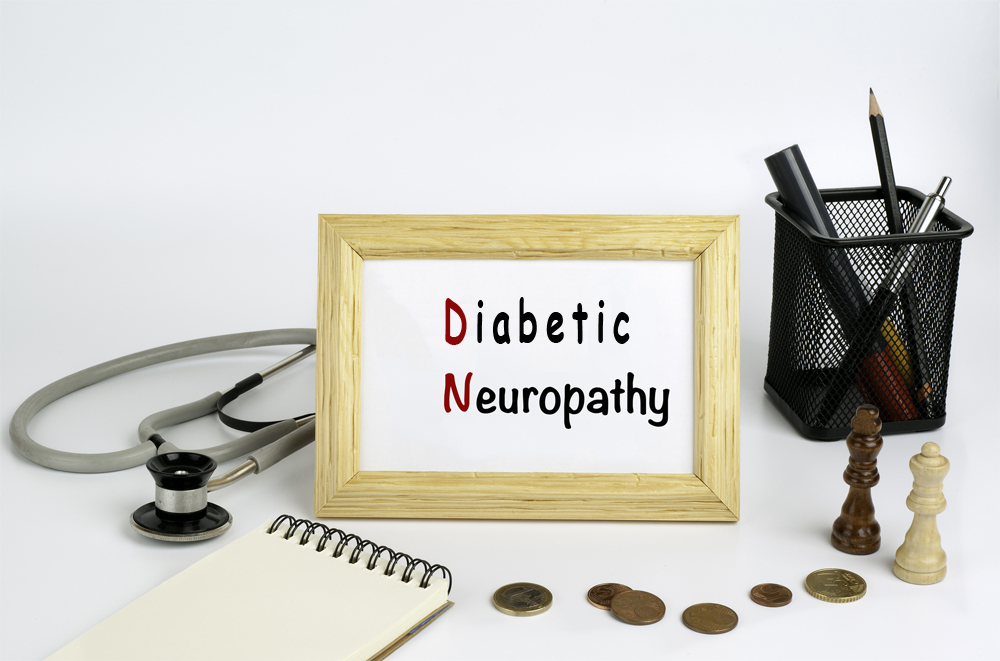What to Do When You’re Experiencing a Diabetic Neuropathy

Why is diabetic neuropathy so dangerous?
Diabetic polyneuropathy of the lower extremities is a complication of type 1 and type 2 diabetes, which can make the patient’s life simply unbearable. Burning pains, a sensation of crawling, numbness of the legs, and muscle weakness are the main manifestations of peripheral nerve damage in patients with diabetes mellitus. All this significantly limits the full life of these patients. Any patient with this endocrine pathology cannot avoid sleepless nights because of this problem. Treatment of diabetic polyneuropathy of the lower extremities is a very difficult task. When treatment does not start on time, the patient may experience irreversible disorders, in particular, necrosis and gangrene of the foot, which inevitably leads to amputation.
There are more than 330 ml people having diabetes on the planet. Diabetic neuropathy is the most common complication of diabetes. It develops in 60-90% of patients, approximately in 5-15 years after the onset of this dangerous disease.
Factors that lead to the emergence of diabetic neuropathy:
- high blood glucose level;
- high blood pressure;
- genetic predisposition;
- smoking and drinking alcohol.
Treatment of diabetic neuropathy is long and costly. But in most cases, it is possible to restore the work of nerves and get rid of manifestations of the disease.
Treatment of diabetic neuropathy
Treatment of diabetic neuropathy has three main directions:
- lowering blood glucose;
- relief from pain;
- restoration of damaged nerve fibers.
Anticonvulsants such as Neurontin (Gabapentin) are drugs that are most commonly used for the symptomatic treatment of pain in diabetic polyneuropathy
These drugs do not allow the muscles to shrink convulsively, and relieve the pain that occurs in the sensitive receptors. Neurontin (Gabapentin) is taken regardless of food intake, 1 tablet or capsule (300 mg) 3 times a day, washing down with enough liquid. Duration of treatment is about a month. The dose should be gradually reduced. Abrupt cancellation can cause seizures.
The modern generation of anticonvulsants is devoid of serious side effects. Gabapentin is the most famous among them. Gabapentin (Gabagamma, Neurontin) requires a titration dose. Titration involves the gradual achievement of the required dose of the drug. On the first day of Gabapentin intake, the patient takes 300 mg at night, on the second – 300 mg in the morning and evening, on the third – 300 mg 3 times a day. And so increasingly, the necessary analgesic dose is achieved (guided by the feelings of the patient). 1800 mg per day is usually enough. At this dose, patients stop and take it for a while.